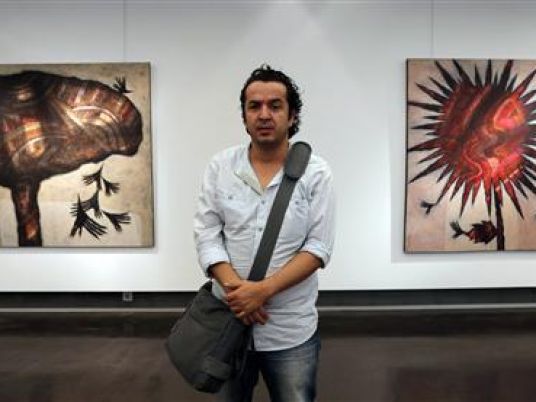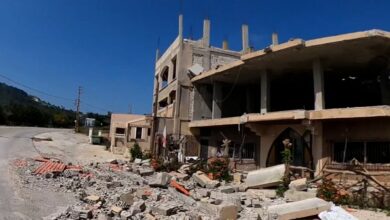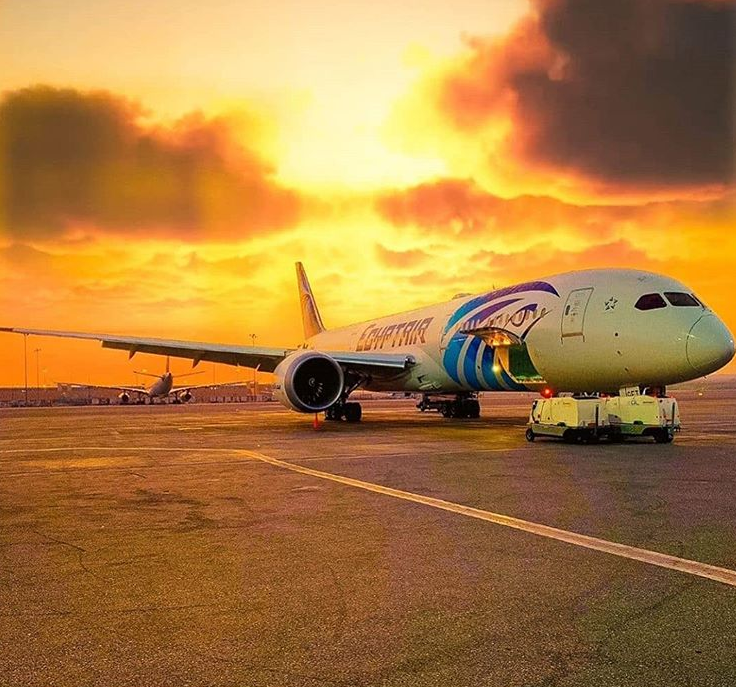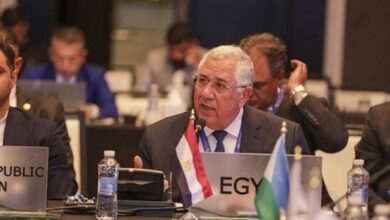
Splashes of color on a canvas painted by Imad Habbab depict the moment of an explosion in Syria's civil war.
“The explosion is about a moment that can erase all dreams, all opportunities, all ideas,” said the curly-haired 24-year-old, who painted the image after leaving Damascus last summer.
Shelling, car bombings and early curfews have brought Syria’s once-vibrant art scene to a halt since the fighting began nearly 2-1/2 years ago, and sent hundreds of young Syrian artists like Habbab to neighboring Lebanon, where they have found both a safe place and a receptive audience.
Mark Hachem, who has eponymous contemporary art galleries in Beirut, Paris and New York, says the civil war has ended up intensifying interest in Syrian art as more artists leave the country and exhibit outside.
“I find myself organizing exhibitions for artists and art fairs, and subconsciously – I don’t even look – 80 percent of the work I'm gathering is Syrian,” he told Reuters.
Syrian artists “reflect the reality and the problems and the tension in the Middle East … They really live the events themselves.”
Lebanon, long considered a regional cultural center, provides them with the ideal refuge.
Raghad Mardini, a civil engineer from Damascus, established Art Residency Aley (ARA) last year, using her own funds to support artists like Habbab. ARA hosts two Syrian artists a month in a restored 19th century Ottoman-style horse stable in the mountains southeast of Beirut.
“This month is a time (for the artists) to relax, forget all the tension and the stress that they lived in Syria, and feel secure,” Mardini said. “And they have freedom of expression and solidarity (with other artists).”
In addition to providing accommodations and art supplies, the residency connects emerging Syrian artists to galleries, collectors and professional opportunities.
Mardini said she believed interaction between Syrian artists and Lebanese audiences are changing Lebanese stereotypes of Syrians as either soldiers or day laborers. Syria's 29-year military presence in Lebanon ended only in 2005, and manual laborers from Syria continue to work in Lebanon, mostly in low-paid sectors like construction.
“This is a way to show that there is another side to Syrians,” said Mardini. “There is a generation that is growing up in this difficult situation but they are very talented, very creative.”
The influx of Syrian artists is enriching the art scene in Lebanon, Hachem said. “It’s creating something new, some new movement. You can see the Lebanese artists influenced by the Syrian reality and vice versa.”
DISTINCTIVE ART
Khaled Samawi, who founded Ayyam Gallery in Damascus in 2006, said decades of relative isolation from the West had made Syrian art “distinctive.”
The Damascus gallery has closed due to the war, but a branch in Beirut hosted a workshop and exhibition this year for three Syrian artists and a Palestinian artist from Syria.
Reflecting their growing numbers, Beirut art dealers told Reuters that emerging Syrian artists visit their galleries on a daily basis.
Often having fled without their artwork, many artists show the dealers photos of their works stored on flash drives or mobile phones and bring a few pieces back to Lebanon whenever they manage to return to Syria.
Omar Ibrahim, who moved to Lebanon a year ago, expresses Syria’s trauma in his art in the form of bloody horses and hyenas derived from his rural hometown in the southern Sweida province. He says the animals symbolize the people and the government, respectively.
“I cannot just be direct in my ideas and just sit and say I will draw the people who died and shooting and explosions,” the 35-year-old said. “It does not look real to me.”
Ibrahim, who studied sculpture at the University of Damascus, is under no illusion that art can stop the conflict or heal its wounds, but he says it can “affect people’s consciousness very deeply.”
“When the war ends, things settle down … it will make them return back to themselves to try to understand what was going on before,” he said.




